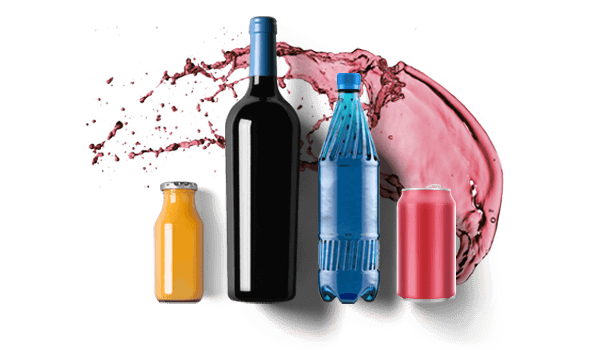Beverage Packaging
In the global beverage packaging landscape, the major types of materials and components include Rigid Plastics, Flexible Plastics, Paper & Board, Rigid Metal, Glass, Closures and Labels. Types of packaging may include bottle, can, pouch, cartons, and others.

This market will be expected to grow from an estimated $97.2 billion in 2012 to $125.7 billion by 2018, at a CAGR of 4.3 percent from 2013 to 2018, according to research firm MarketandMarkets. Asia-Pacific led the global market, followed by Europe and North America in terms of revenue in 2012.
The same report from MarketandMarkets states that consumer preferences, product characteristics and material compatibility are essential to determine the type of packaging for a beverage.
Jennifer Zegler, beverage analyst, Mintel, comments on recent trends in the beverage packaging division. “Despite beverage companies’ dedication to innovative and intriguing packaging designs, consumers continue to prioritize price and familiar brands when beverage shopping. As the U.S. rebounds from the economic recession, limited-edition designs have an opportunity to seize newly regained disposable income, especially among Millennials. Interactivity also presents an opportunity, in particular with smartphone users who have easy access to information on-the-go.
“According to MarketResearch.com, the beverage market is split fairly between plastic closures, metal closures and packs with no closures, with plastic closures taking a slight lead over metal closures. Plastic closures also recorded the largest growth rate during 2007-2012, mainly driven by increased use in Soft Drinks.
The same report outlines on how cost saving as an innovation driver in the Beverage market is focused mainly on reducing the weight of the bottle. Manufacturers are making efforts to either lightweight the existing packaging material or switch to a lighter pack format to save on raw material costs. Most beverages do not use outer packaging materials. Of those that do, Paper & Board is the most preferred. Hot drinks and Spirits are most commonly packaged with Paper & Board outers.
With the advantage of being lightweight, easy-to-carry, and easy-to-handle, Rigid Plastics have made it a preferred choice for manufacturers to experiment and innovate.


